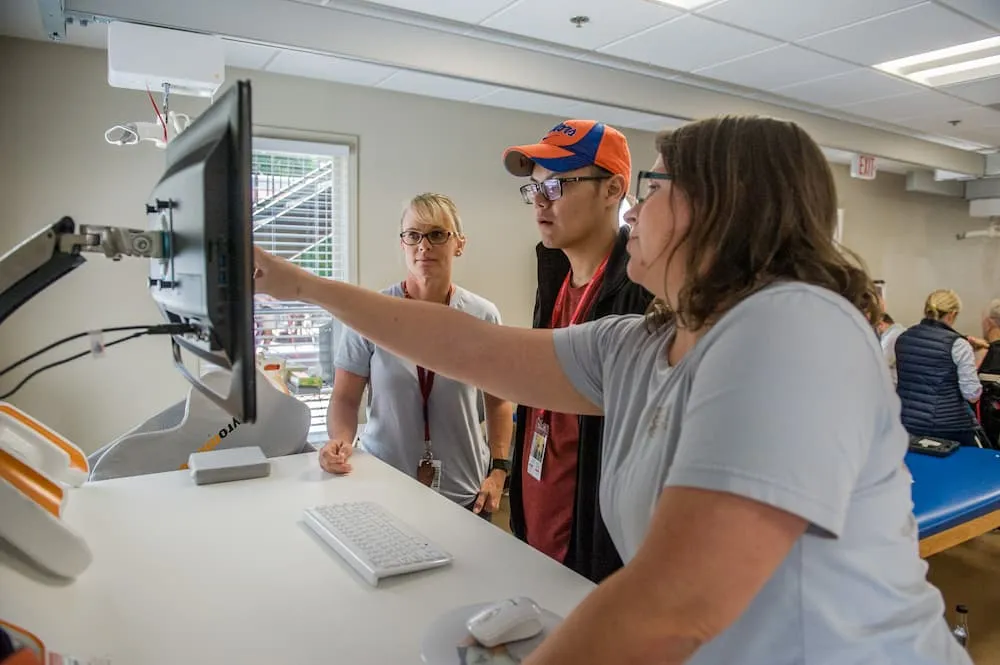

The NHS has opened a targeted review of fragmented outpatient pathways amid persistent waiting-list pressure and concern that too many patients are cycling through care unnecessarily. The review, launched within a wider effort to modernise outpatient services, seeks to pinpoint how duplication, weak triage and fragmented referral routes slow diagnosis and congest clinics.
Fragmented Outpatient Pathways Continue to Slow Diagnosis and Increase Avoidable Demand
Elective-care recovery over recent years relied in part on getting patients seen and treated faster, yet national auditors and analysts report that outpatient transformation has lagged behind other strands of recovery. The National Audit Office’s recent assessment of elective care highlighted that attempts to modernise outpatient pathways have failed to spread at scale, which has left many trusts relying on outdated clinic structures and maintaining high volumes of follow-up appointments. That gap has pushed NHS England to take a closer look at how outpatient work is organised and where rapid gains can be made.
What is “fragmentation” in this context? In plain terms it’s when patients need multiple appointments for what could be done in one visit (or without a face-to-face consult), when diagnostic tests are ordered sequentially rather than straight-to-test, and when primary-care and secondary-care teams don’t share records or triage effectively. NHS guidance and local improvement programmes consistently show that variable referral quality, limited uptake of advice and guidance, and weak digital interoperability generate large numbers of avoidable appointments.
The good news is that tested interventions exist. Pilots using straight-to-test pathways, one-stop diagnostic clinics and strengthened advice and guidance demonstrate that these approaches can accelerate diagnosis and remove large numbers of patients from formal waiting lists. NHS data indicate that clinics with stronger triage and digital follow-up have redirected more than a million people away from entering the waiting list in recent months, showing that better outpatient design can meaningfully curb demand. Yet most pilots operated with additional staff and dedicated funding, creating a real challenge for national roll-out without weakening capacity in other services.
Outpatient Reform Offers Major Potential Gains but Requires Sustained Investment and Systemwide Commitment
If this programme succeeds, a reworked outpatient model could bring substantial early gains, reducing unnecessary trips for patients, easing administrative pressure on clinicians and making a visible dent in the elective backlog. If it stalls, the service risks falling back into a long-standing pattern in which innovative local projects remain isolated examples rather than the foundation of national reform. The review therefore offers a timely opportunity to convert proven ideas into routine practice across the country. Its real measure will lie in the willingness of ministers and NHS leaders to match their ambitions with sustained investment, modern digital infrastructure and workforce decisions that allow outpatient services to operate in a more coordinated, efficient and patient-centred way.